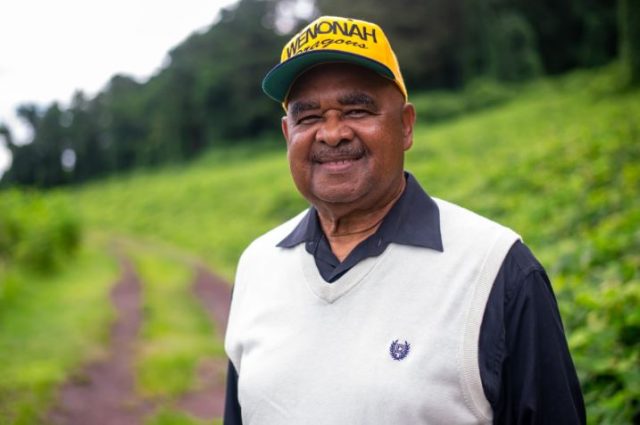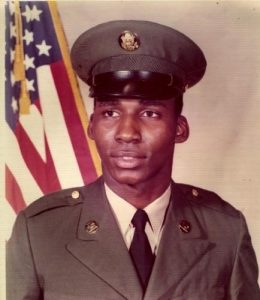
By Ryan Michaels
The Birmingham Times
Between the latter half of the 1800s and into the 1900s, Black and white families lived in company towns on Red Mountain that were owned by what was then known as the Tennessee Coal, Iron and Railroad Company (TCI) but were later bought by U.S. Steel Corp. in 1907. That was long before Red Mountain became a park or even a series of abandoned mines.
Men living in those company towns would work in the mines and spend their earnings in places like the commissary, which were also owned by the mining company.
On the property that is now Red Mountain Park (RMP), the last operating mine shut down in 1962, when the mines lay abandoned. In the 1980s, historian Horace Huntley, a native of Birmingham’s Riley-Travellick neighborhood, was researching labor organization in the Magic City and developed some ideas about how to use the abandoned mines on the mountain as a public space.

It was around the same time that Ervin Batain, who was born to the son of a miner in the Grasselli Heights neighborhood, became the first person to use the area now known as RMP. In 1999, he cleared a path from the backyard of his house into the abandoned Mine No. 11, one of the 15 mines that operated on the mountain.
During his trips to the mine, on which he would often take family, friends, and other locals, Batain collected numerous artifacts. He also started 3D at No. 11 Mining Camp and Nature Trail, an official nonprofit museum named for his three sons: Demetrius, Deon, and Devon.
Historical Knowledge
Individuals like Huntley, Batain, and Lawson State Community College history instructor Gregory Wilson found immense potential for expanding historical knowledge about the site.
Huntley—who holds a Ph.D. in African American and labor history, has served as director of oral history work for the Birmingham Civil Rights Institute, and is a former University of Alabama at Birmingham professor that helped create the school’s African American studies curriculum—said, “Many of the people who lived [in those company towns] would have preferred to live someplace else but simply could not afford to live anywhere else. The system was not designed for anything greater than what they had, so it was an uphill struggle from day one to anybody that lived in a camp.”
Neighborhoods surrounding the former mining camps developed because workers wanted more control over their own lives, Huntley said.
“Because [the miners] lived there, they didn’t have as much independence as they would have had if they did not live there because the ‘rousters’ could come in at any time and roust them out of bed and have them go to work,” Huntley said. “It was my contention that those miners, as they moved into the [so-called] middle class, moved out of the mining camps to Grasselli Heights, Powderly, Riley.”
Workers also united while under the control of the mining company, Huntley said: “Black and white workers actually worked together, I mean, not worked physically together because that was in the middle of the segregation era, but they worked together to develop a union.”
The establishment of RMP is an example of historically oppressed people taking control of Birmingham, according to Huntley.
“The Birmingham of the turn of the 20th century is becoming in the 21st century a Birmingham that is primarily controlled, politically anyway, by Black people,” he said.
Another Take

Wilson, who grew up in Bessemer, Alabama, has devoted time to amassing oral histories through interviews with people in and around the former mining area. Similar to Huntley, he found the purported level of integration among workers of the mines surprising.
“I don’t know how true this is, but I was told that, Blacks and whites had to enter through separate doors but [worked together] while inside. … To the outside, however, it showed that Blacks would go in [through one door] and whites would go in [through another].”
Among the miners, some may have felt worse about their lots in life, but Wilson simply has not heard that from the people he has interviewed.
“Both races would come together, and I’ve interviewed persons representing both sides,” he said. “That level of negativeness may have existed. … There were issues, you know, but to my personal knowledge, I’m not aware of that.”




